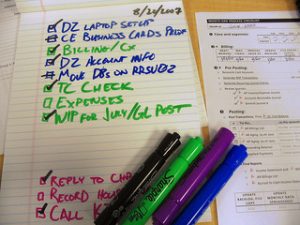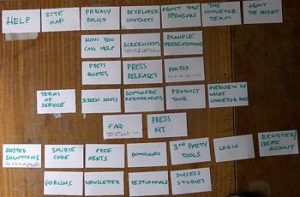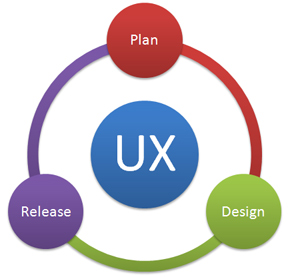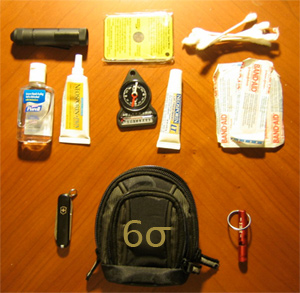Topics
Topics

Seven Tips for Writing Usability Task Scenarios
The core idea behind usability testing is having real people trying to accomplish real tasks on software, websites, cell phones or hardware. Identifying what users are trying to do is a key first step. Once you know what tasks you want to test, you’ll want to create realistic task scenarios for participants to attempt. A

How To Measure Learnability
Learnability is often used interchangeably with usability. While they are similar concepts, learnability is actually something a bit different. Part of the confusion is that there are two common uses of the term learnability. The first use of learnability describes the ability of an interface to allow users to accomplish tasks on the first attempt.

Using Tree-Testing To Test Information Architecture
Tree-testing is a lesser known UX method but can substantially help with improving problems in navigation. There are several software packages to allow you to conduct card sorting quickly and remotely, including solutions from MeasuringU and OptimalWorkshop. Like the other popular method for testing IA, Card Sorting, we’ll cover tree-testing at the Denver UX boot

Using Card Sorting To Test Information Architecture
Card sorting is a popular method for improving the organization of websites and software. There are several software packages that allow you to conduct card sorting quickly and remotely, including Optimal Workshop. So it shouldn’t be surprising that around half of UX practitioners reported using the method in 2011. We’ll cover Card Sorting in detail

What UX Methods to Use and When to Use Them
There are a number of popular methods used in improving the user experience at all phases of research and design. The following are some of the more popular methods we use and when we use them. We will focus on most of these methods in detail at the UX Bootcamp in Denver. Requirements Who are

Five HCI Laws for User Experience Design
Usability is hardly physics or chemistry. But there are some important principles from decades of research in Human Computer Interaction (HCI) that apply to design and user research. Here are five famous laws that can be applied to improving the user experience of applications and websites: Miller’s Law of Short Term Memory Load: The psychologist

5 Ways To Maximize Your Usability Testing Efforts
When conducting a usability test, gathering input on a design, or testing new features, we strongly recommend the 1:1 moderated session over group sessions. However, we usually aren’t convincing others to run 1:1 sessions. Instead, we spend more effort convincing others of combining the traditional in-person 1:1 session with other methods. We find we can

6 Tools for Applying Six Sigma to the User Experience
Six Sigma is a methodology for improving the quality of everything from the manufacturing of minute electronic parts to the development of complex software. At its core, it has a set of tools that helps identify and eliminate defects, waste and undesirable outcomes. While there are many tools in the six sigma toolbox, here are
A Brief History of Usability
The profession of usability as we know it largely started in the 1980s. Many methods have their roots in the earlier fields of Ergonomics and Human Factors which began near the beginning of the 20th century and had a strong influence through World War II. While not exhaustive, the following is a timeline of several

Hypothesis Testing in the User Experience
The science project. It’s something we all have completed and if you have kids might see each year at the school science fair. Does an expensive baseball travel farther than a cheaper one? Which melts an ice block quicker, salt water or tap water? Does changing the amount of vinegar affect the color when dying

15 Mobile UX Facts and Insights
Designing a better user experience means making sure that users can access information and services across multiple devices, especially mobile devices (phones and tablets). In building a better experience, there are many questions about mobile device usage and how designers can best meet users’ needs with apps and responsive designs. We’ve conducted a lot of

Prioritizing Problems in the User Experience: The FMEA
Traveling is hard. Traveling with children is especially hard. A number of things can go wrong, making the trip difficult or even nonexistent. Some problems are nuisances (sick and/or hungry kids, delayed flights, or the wrong sized rental car), while other problems will lead to failure, which in this case means not reaching your destination